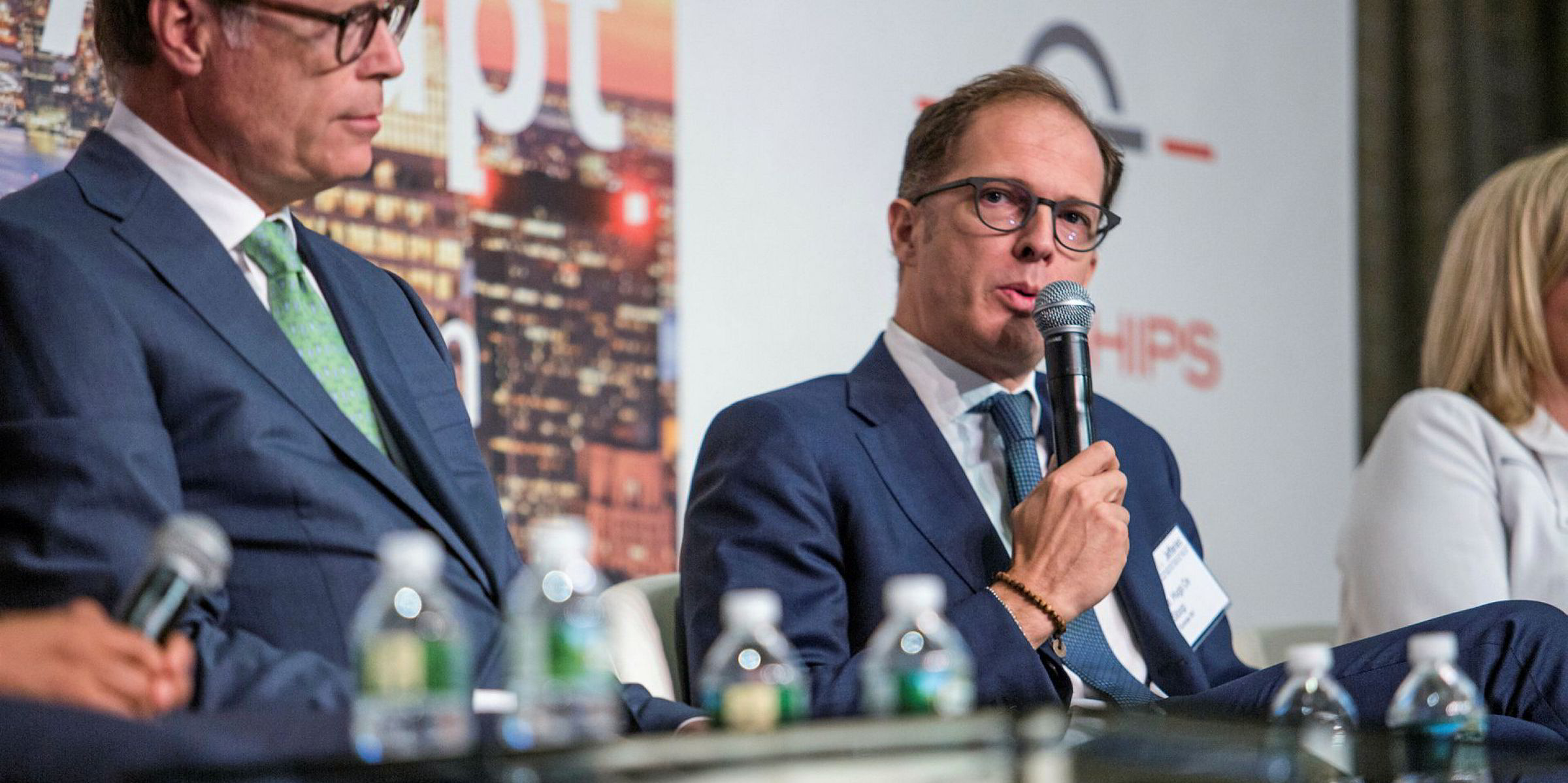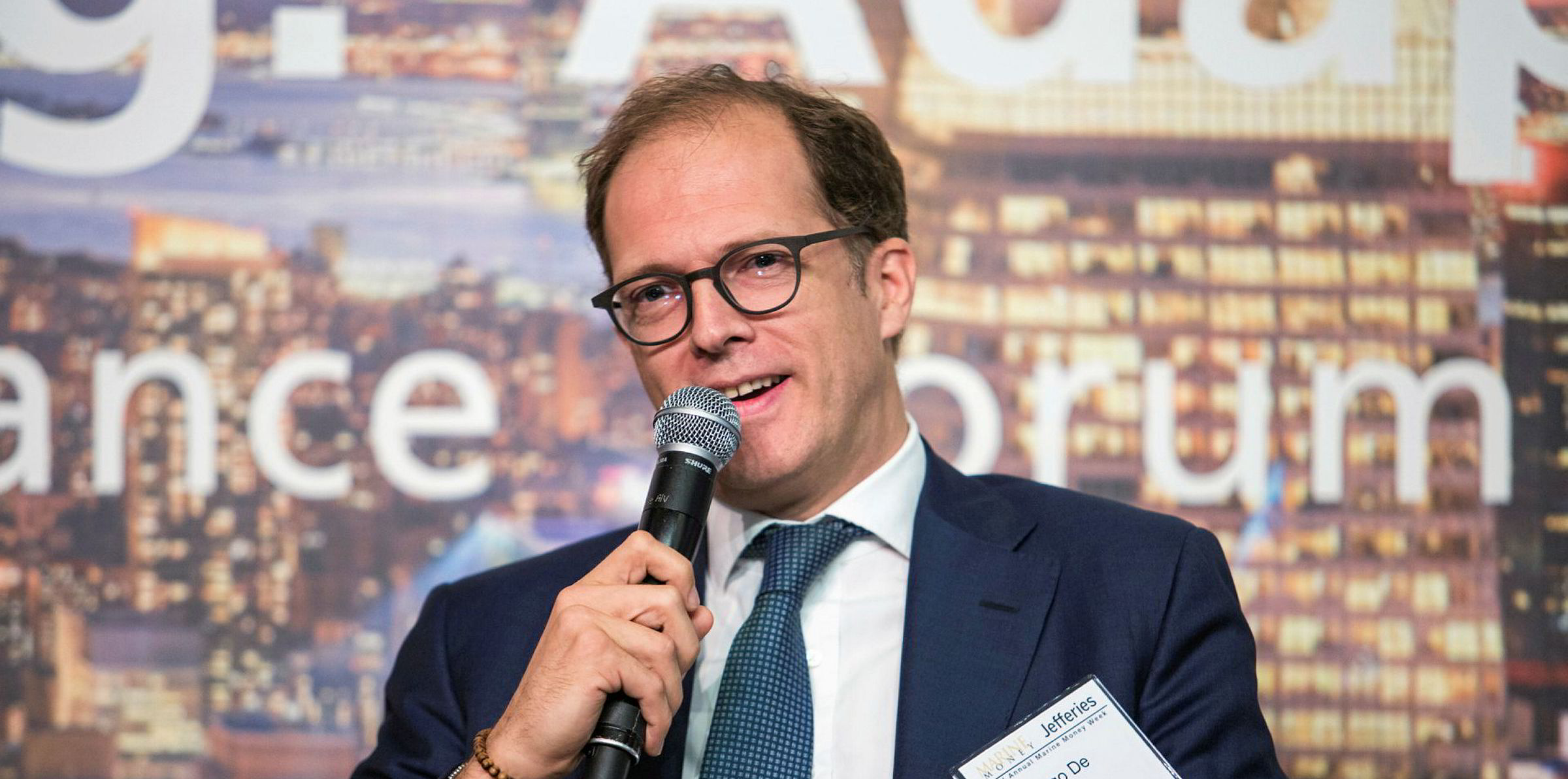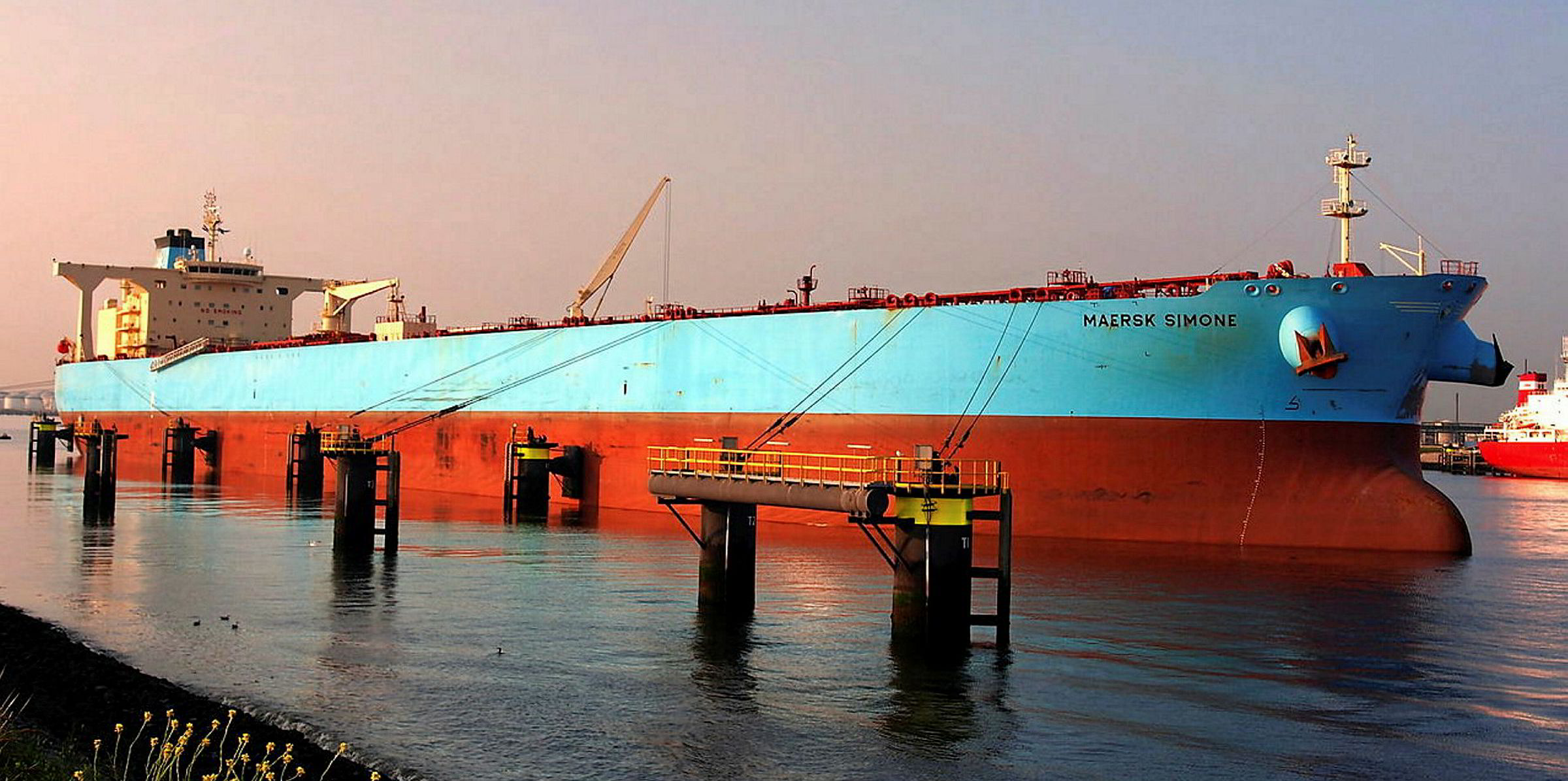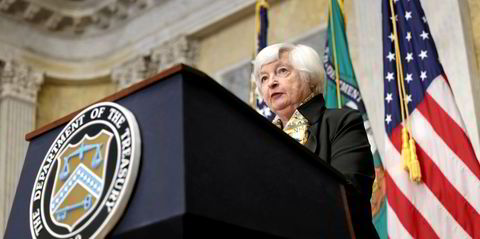Euronav has amassed its massive tanker fleet via two of shipping's largest mergers-and-acquisitions deals in the past decade.
After paying $980m for Maersk Tankers’ 15 VLCCs in 2014, the Belgian tanker giant took over Gener8 Maritime’s fleet of 30 vessels via swaps of shares valued at $504m nearly four years later.
Both transactions occurred during the down cycles. So, with tanker rates set come under pressure in the coming quarters, could Euronav make another M&A attempt?
In an earnings call on Thursday, chief executive Hugo De Stoop said his company will be seeking opportunities, but suggested any imminent transaction is unlikely.
Tanker firms have amassed large cash piles due to healthy charter earnings since the final quarter of last year, so De Stoop does not expect the general appetite for divestment to be strong.
While tanker rates have weakened since last month, “it's too early for people to throw the towel and decide to sell their fleets”, De Stoop said. “The cash that they've generated very, very recently and up until today is phenomenal.”
“After a strong period of cash generation, people tend not to be desperate.”
On the other hand, Euronav also has a strong war chest with $1.1bn liquidity via cash and revolving credit facilities as of 30 June.
Size matters
De Stoop said small shipowners tend to have difficulty accessing ship finance, a situation exacerbated by lenders’ increased focus on green credentials amid the development of decarbonisation regulations.
“Small players are facing severe challenges, which, to our mind, can only be addressed with size,” De Stoop said.
“When the market is softening, the [ship] value will come off. People will realise that it might be a very good opportunity to exit the market.
“We are ready to seize those opportunities when they arrive, but we are certainly not desperate to pay too much money for assets that we believe are going to become cheaper in the future.”
De Stoop stressed that Euronav would be willing to facilitate deals with cash, debt and its own shares as the past examples showed.
“We are very, very flexible,” he said.
But Euronav does not target any particular fleet as “that’s not how the market works”, he said.
What happened with Gener8 and Maersk Tankers was that their investors “suddenly” made offers, according to De Stoop, and Euronav had the financial and managerial capabilities to close the deals following just weeks of negotiation.
“We're not going to change that recipe. And I think that's really how it's going to happen,” he said.
CO2 challenges
As to what type of vessels Euronav would want to have, De Stoop admitted that his company is also facing regulatory challenges.
The International Maritime Organization plans to introduce new rules in the coming years to reduce greenhouse gas emissions from shipping, so many shipowners are studying how their vessels can meet future regulatory requirements.
“We are watching absolutely everything. I think a lot of owners are doing the same,” said De Stoop, adding that his company still can benefit from its scale.
“Because of our large fleet, if we were to order two vessels with a specific technology, we're not betting the farm doing that.”
Earlier this year, AET contracted to build two dual-fuel VLCCs that can run on LNG and conventional fuel at Samsung Heavy Industries, backed by Total long-term charters.
While not directly confirming Euronav’s involvement, De Stoop said his company had participated in a tender to supply two LNG-powered VLCCs to an oil major, but failed.
“We offer our service, [and] we also want to have some sort of a return,” De Stoop said. “The return the owner got is not something that we can appreciate, that we can tolerate in Euronav.”
LNG bunkering can help shipowners meet the IMO’s decarbonisation goals, but De Stoop said a dual-fuel powered VLCC newbuilding costs $15m more than a conventional one.
He believed Euronav would only order such vessels on the back of charter deals. Even when assuming that the LNG price would be cheaper than conventional fuel, Euronav has not been able to lock in this discount to justify paying more for a dual-fuel ship.
“We are not managing. We are not seeing a good return on investment,” De Stoop said.









